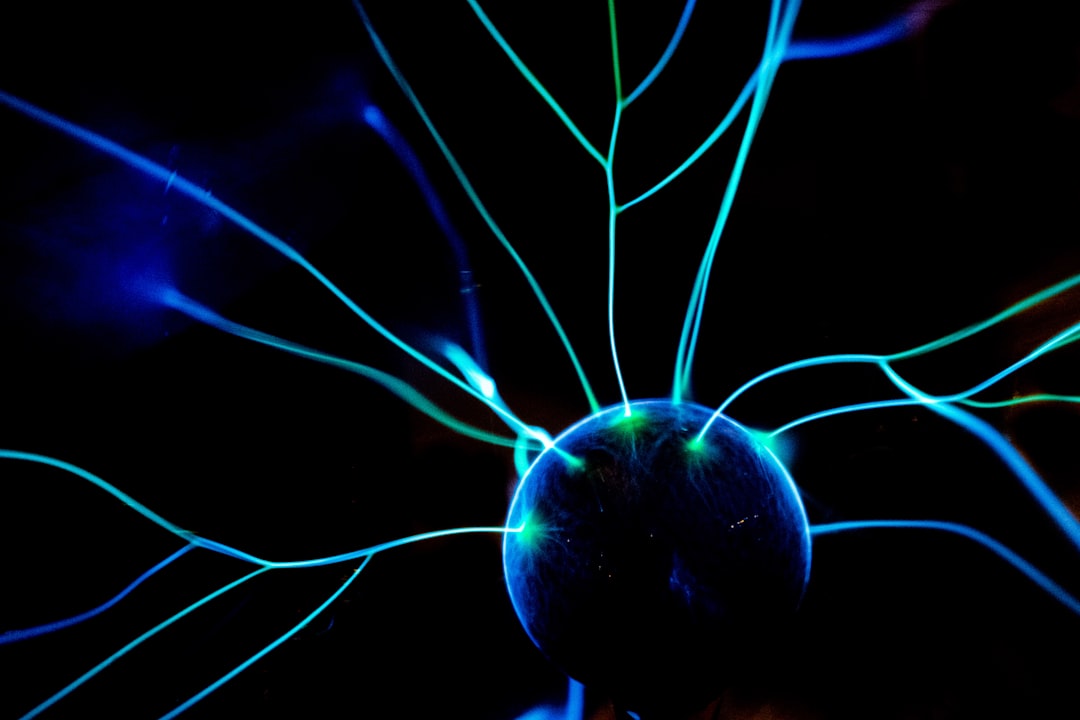What is it about?
We have evaluated the effect of the recently developed positive allosteric modulator of GluN2C- and GluN2D-containing NMDA receptor, CIQ, on dopamine release in the mouse striatum. Through the use of amperometry and electrophysiology in brain slices, we found that CIQ modulates dopamine release in the intact and partially dopamine-depleted striatum in an activity- and acetylcholine-dependent manner. Our results suggest a potentially valuable means to enhance tonic and phasic dopamine release in presymptomatic Parkinson’s disease. This study also identifies GluN2D as a potential target for therapeutic intervention in Parkinson’s disease.
Featured Image
Why is it important?
The amounts of the neurotransmitter dopamine are dramatically reduced in the brains of patients with Parkinson’s disease. We found that a novel compound, CIQ, increases dopamine release from residual axon terminals in a mouse model of early Parkinsonism. These results provide novel insights into the possibility to pharmacologically enhance dopamine release in early stages of Parkinson's disease.
Read the Original
This page is a summary of: Allosteric modulation of GluN2C/GluN2D‐containing NMDA receptors bidirectionally modulates dopamine release: implication for Parkinson's disease, British Journal of Pharmacology, July 2014, Wiley,
DOI: 10.1111/bph.12758.
You can read the full text:
Contributors
The following have contributed to this page










